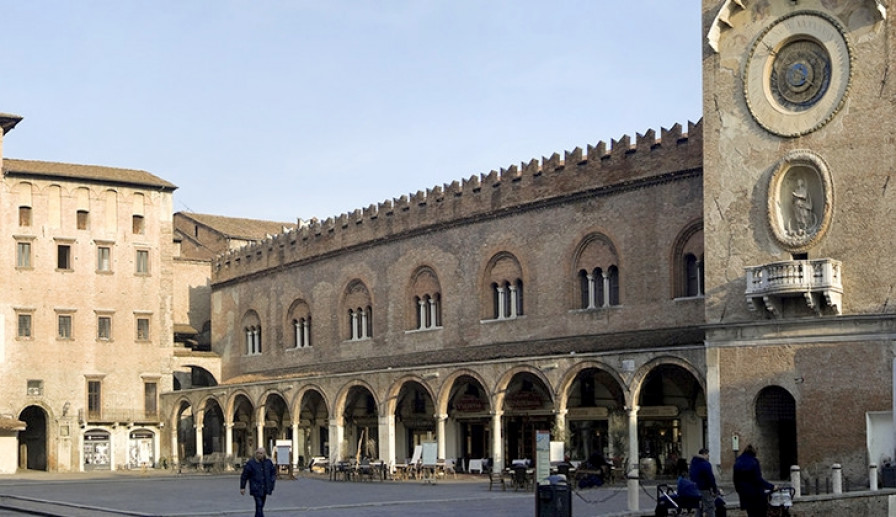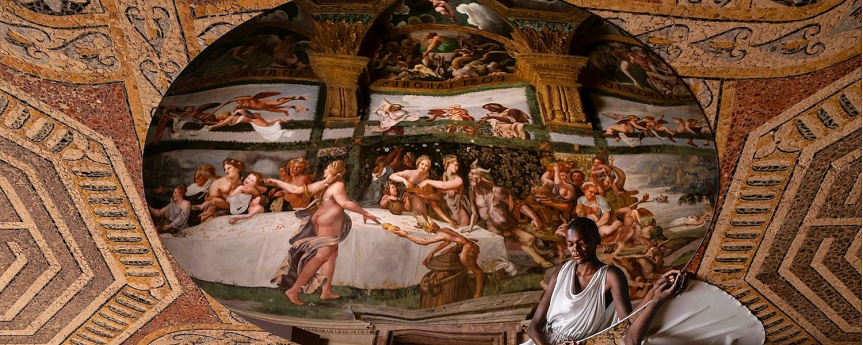- Villages
- Art & Culture
Grazie
Groups of houses leaning against the Sanctuary of the Madonna delle Grazie
In 1037, on a small promontory emerging from a tangle of marshes, streams and reed beds near Mantua there is a kiosk or oratory in which peasants and boatmen venerate the miraculous image of the Virgin and Child in her womb.
Thus was born the village of Grazie (MN), whose historic core is represented by the sanctuary of the Blessed Virgin Mary of Grace in elegant Lombard Gothic style, begun in 1399 and consecrated in 1406, in a raised position on the reeds of the Mincio that flows behind and the façade facing the village; the other buildings in front of it are old fishermen's houses and houses built by the closure of the porticoes that housed shops and shelters for pilgrims.
Entering the church, there is still, above the tabernacle, the miraculous icon of Our Lady of Grace adored by fishermen. But the greatest amazement comes from the crowd of ex-voto statues that inspire devotion that seems to reach out to the visitor from the niches in which they are located as if from a sixteenth-century baroque theatre of miracles. The church chapels contain extraordinary sepulchral monuments such as the one - signed by Giulio Romano - in which Baldassarre Castiglioni, author of Il Cortegiano, rests.
In the sultry summer light as in winter mists, the place exudes a strange charm. Our Lady of Miracles still deploys her mantle on the square of Grazie, where the traveling artists called "madonnari" draw their effigy on the asphalt with coloured chalks.
In this humid landscape, just go down to the Mincio and slowly navigate the river and its canals, to find Virgil landscapes with reeds and water lilies, rare species of birds and exotic summer lotus flowers. And at the bottom, the skyline of Mantua is magnificent.
BORGHI PIÙ BELLI D’ITALIA #INLOMBARDIA


























